New research links first names to physical appearances and cultural stereotypes
A NEW study has found a link between name association and social stereotypes. Reckon you can beat a computer at putting names to faces? Take our quiz and see.
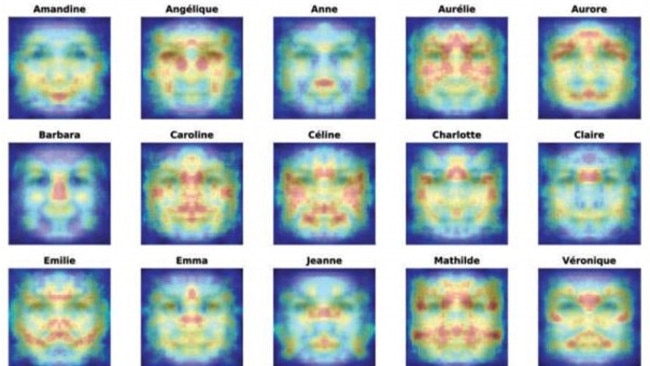
HAVE you ever told someone your name, only to have them respond, “Oh, you don’t look like a [Your Name]”?
Science has discovered the reason behind it.
Maybe it’s the effect of Hollywood and bad teen fiction, but bitchy cheerleaders often get associated with names like Britney, Whitney and Brianna (just look at the Bring It On series).
On the other side of the spectrum, that 42-year-old no-hoper in the office who monopolises the instant Nescafe brings a name like Brenda or Gertrude to mind.
Even that frumpy middle daughter in Downton Abbey had to cop the name “Edith”, sandwiched helplessly between the cool classic “Mary” and the edgy alternative “Sybil”.
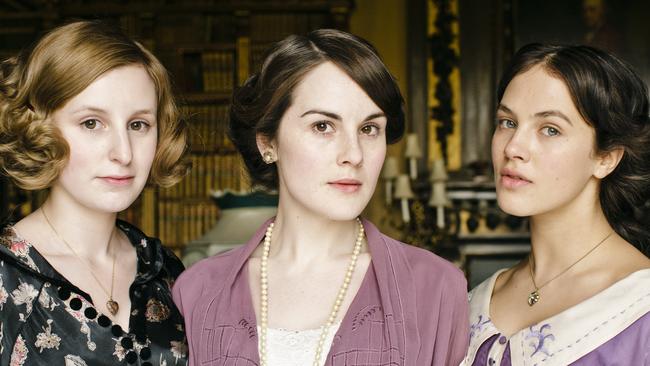
Before you lash out decrying this as some sort of “nameist discrimination”, hear us out: science agrees.
A new study published in the Journal of Personality and Social Psychology found many of us can guess the name of a stranger with significant accuracy, based on engrained cultural stereotypes.
All in all, we can guess the name of a stranger with an average of up to 40 per cent accuracy — and computers with up to 64 per cent accuracy — through facial recognition.
The research found there is a correlation between a person’s name and their physical appearance, and cultural stereotypes associated with certain names may actually play a significant part in that.
They’ve called it the “Dorian Gray Effect”.
INSIDE THE ‘DORIAN GRAY EFFECT’
In the philosophical Oscar Wilde novel The Picture of Dorian Gray, the eponymous main character sells his soul so he can remain young and beautiful forever, while only a painting of him ages.
Psychologist Yonat Zwebner, of The Hebrew University of Jerusalem, said the association of a particular name with a certain face might be due to people subconsciously altering their appearance to appease the stereotype associated with it.
“We are familiar with such a process from other stereotypes, like ethnicity and gender where sometimes the stereotypical expectations of others affect who we become,” she said.
“Prior research has shown there are cultural stereotypes attached to names, including how someone should look.
“For instance, people are more likely to imagine a person named Bob to have a rounder face than a person named Tim.
“We believe these stereotypes can, over time, affect people’s facial appearance.”
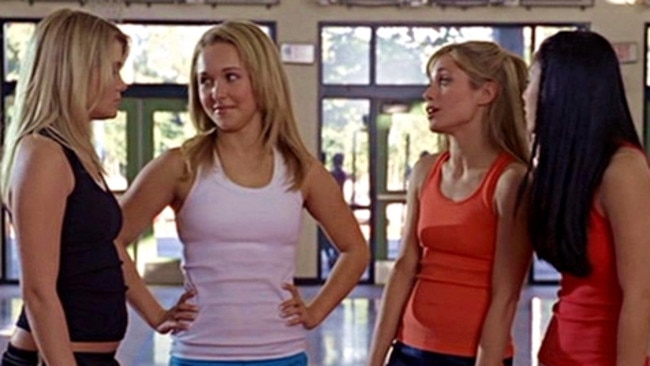
The study suggested areas of the face that can be easily controlled by the individual — such as hairstyle and dress sense — may be sufficient enough to produce this effect.
“Each name has associated characteristics, behaviours, and a look, and as such, it has a meaning and a shared schema within a society,” explained Dr Zwebner.
“These name stereotypes include a prototypical facial appearance such that we have a shared representation for the ‘right’ look associated with each name.”
To prove it, the researchers conducted tests on hundreds of participants, who were shown photographs of single faces and a list of four or five names.
They were then asked to pick the name they thought best “corresponded” with that face.
According to their findings, most people had a 40 per cent success rate with identifying the right name.
While this may not sound enormous, it’s much bigger than the 20 to 25 per cent success rate you’d expect if it were done by random chance.
“Together these findings suggest facial appearance represents social expectations of how a person with a particular name should look,” said co-author Dr Ruth Mayo.
“In this way a social tag may influence one’s facial appearance. We are subject to social structuring from the minute we are born, not only by gender, ethnicity and socio-economic status, but by the simple choice others make in giving us our name.”
The study offered a few examples of names and perceptions.
For one, society typically expects men named “Bob” to have rounder faces, because the word is round in appearance.
Likewise for whatever reason, we assume a woman named “Katherine” will be more successful in life than a woman named “Scarlett”.
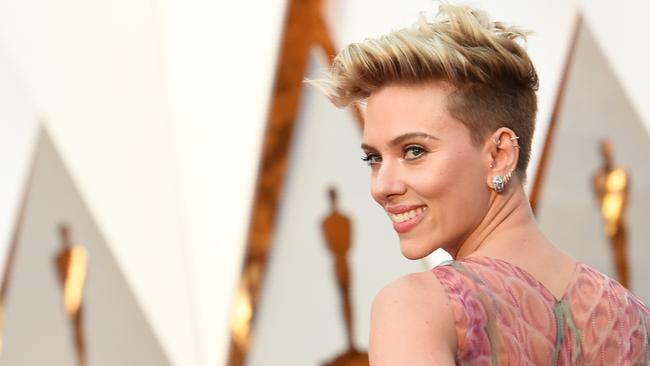
The association of the name “Rose” with the flower means women with this name may be more feminine, with higher expectations of beauty.
Meanwhile, someone with a royal name like “Elizabeth” is expected to be more serious and proper.
The study noted that this doesn’t apply to babies, as they don’t yet subconsciosuly comprehend the concept of stereotypes. That and they all look kind of similar.
Rather, as we grow up, the research suggests we subconsciously begin to adopt the physical traits associated with our name as we age.
In one experiment, students from both France and Israel were given a mix of French and Israeli names and faces.
The study found the French students were better than random chance at matching French names and faces, while Israeli students did well at matching Hebrew names and Israeli faces.
In another, researchers trained a computer to match faces to names using a set algorithm.
In an experiment using over 94,000 facial images, the computer achieved a success rate of up to 64 per cent.
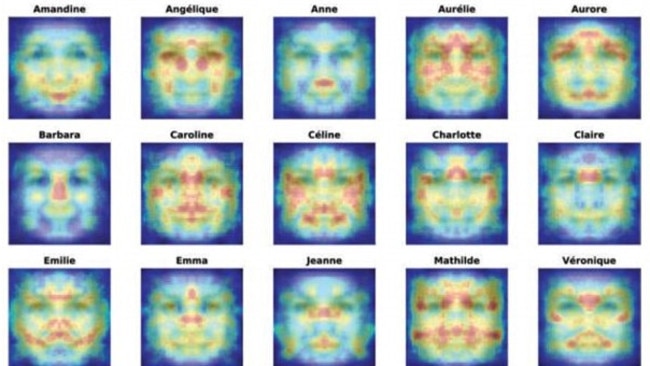

LET’S PUT IT TO THE TEST
Below are photos of six members of the news.com.au team.
Guess what you think their name is out of the four options listed, then scroll down to the bottom for the answers.
If you get four out of six or more correct, congratulations. Your name association skills are better than a computer’s.


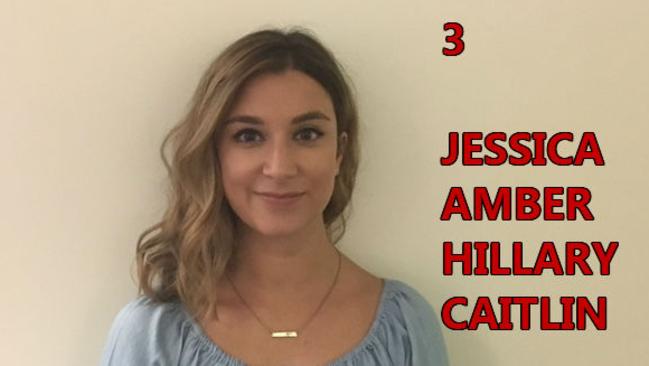

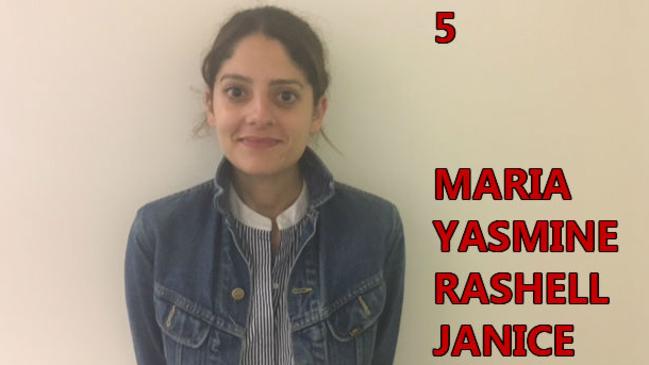
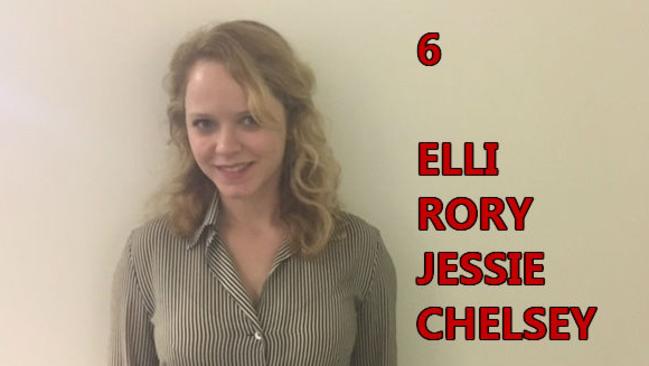
Want the answers? Scroll down.
.
.
.
.
.
.
.
.
.
.
.
.
.
.
.
.
.
.
.
.
.
.
.
.
.
.
.
.
.
.
.
.
.
.
.
.
.
.
.
.
ANSWERS:
1. Matt
2. Benedict
3. Caitlin
4. Kirrily
5. Rashell
6. Elli
Did you get 4/6 or more? Congratulations. You’re smarter than a computer at putting names to faces.
